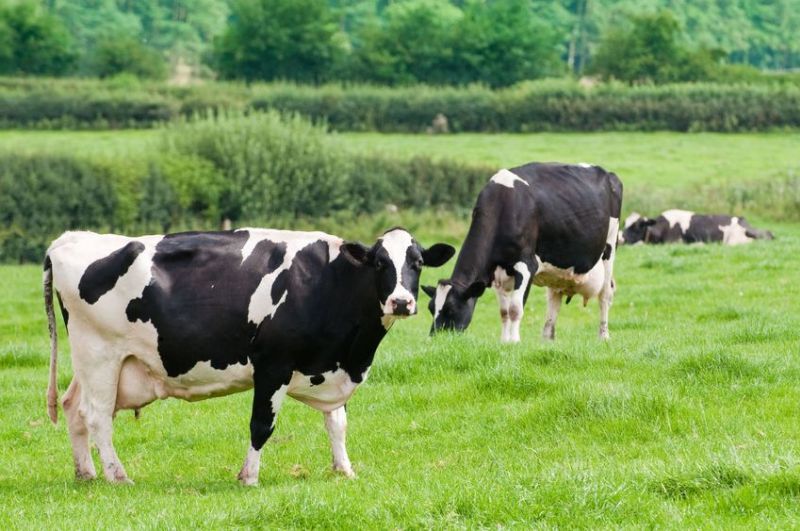
Quarterly testing for Johne's is helping a Carmarthenshire dairy farmer identify infected cows and control the spread of the devastating disease.
Rheinallt Harries milks a herd of 170 spring block calving New Zealand Friesian and Jersey cross cows plus followers, based at Based at Llwynmendy near Llandeilo.
The farm is one of 500 farms taking part in AHDB's HerdAdvance project, which aims to help farms lift profitability and performance by focusing on improved herd health management and disease control.
The farm decided that individual whole herd testing four times a year for the presence of Johne’s disease was a priority.
HerdAdvance will pay for Johne’s testing and an annual Johne’s Management Plan, written and reviewed by the vet, as part of the project.
Rheinallt said the project had enabled the business to be proactive in managing the fight against Johne’s disease by funding quarterly testing of the whole herd.
"In doing this, we can make informed decisions which have helped improve the efficiency of the herd and business,” he said.
The vet indicated the problem would initially appear to get worse as more cows were tested and their status determined. The initial test found approximately 10% of the herd were positive for the disease.
As testing continued the prevalence rose and is now approximately 12%, but Rheinallt is implementing control measures to reduce this gradually.
Cows identified as either amber or red positive are marked with a red ear tag so that they are easily identifiable and are managed separately.
Positive cows are bred to beef semen and are calved separately to the rest of the herd, with calving pens thoroughly disinfected between calvings. No colostrum from Johne’s positive cows is fed to any calves.
The prevalence of the disease on farm is expected to reduce dramatically over the coming years by implementing these control measures alongside regular testing and an annual review of the Johne’s Management Plan.
AHDB animal health manager Ceri Davies explained: “By testing the whole herd quarterly, the farm has been able to identify the cows which pose a risk of transmitting the disease to the rest of the herd and take actions in minimising this spread.
"Without this regular testing and identification of positive cows, controlling and eradicating the disease would be extremely difficult," he added.
